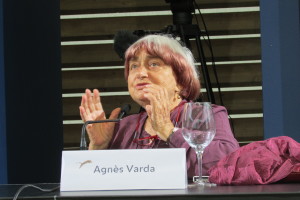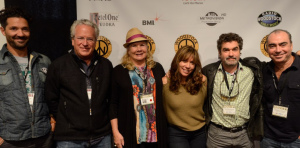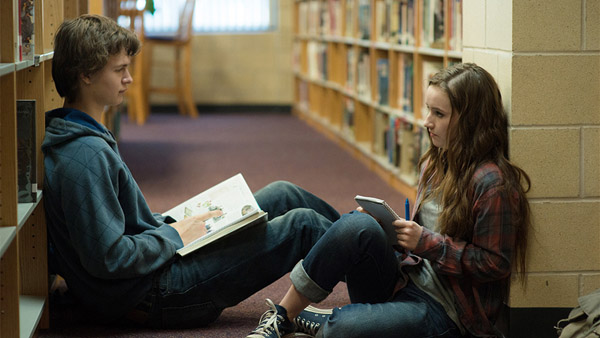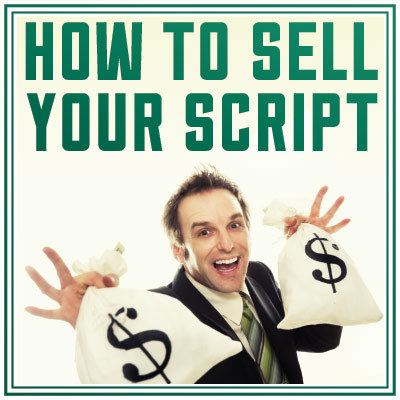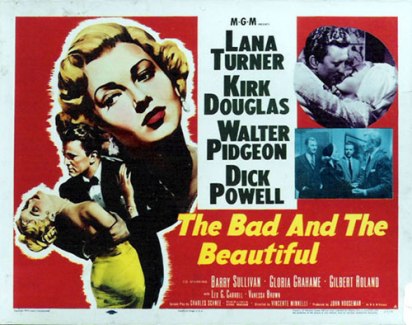
BARTLOW
I know the legend, Jonathan Shields,
the man will do anything to get what he
wants…Shields Pictures Incorporated.
Well, I’m flattered you want me, and
bitter you got me. Where do I start?
SHIELDS
Just read these scripts, see how it’s
done, rough out a story line, and
then we’ll get to work. And don’t worry,
some of the best movies are made by
people working together who
hate each other’s guts.
BARTLOW
Then we should make a great movie.
SHIELDS
I usually do.
BARTLOW
What about your last two?
SHIELDS
I like ’em.
This excerpt from the Academy Award-winning screenplay by Charles Schnee from the 1952 film The Bad and the Beautiful directed by Vincente Minnelli, underscores the stereotypical –and frankly, the often not so stereotypical relationships between screenwriters and their producers and directors. (The Bad and the Beautiful offers a behind-the-scenes look into movie-making and Hollywood; the title refers to the antagonist, the unscrupulous producer Jonathan Shields — The “Bad” and the protagonist “the Beautiful” starlet Georgia Lorrison.)
Hopefully your collaborations and work relationships with producers and directors will not be tumultuous and fraught with conflict as with the fictional screenwriter Bartlow and antagonist Shields.
The Honeymoon
The initial meetings with producers and directors can be filled with champagne and caviar, and congratulatory pats on the back on everyone’s brilliance, celebrating the future of breaking box office records and Oscar wins. But when the champagne and caviar are polished off, the reality of the hard work is ahead.
The Honeymoon is Over…And Keeping the Honeymoon Period Alive
Unless you are the sole screenwriter, producer, and director of the film, there will be collaborators with whom you must work. The truth is that a screenplay is the blueprint from which the director and producers create the film. That means that everyone has an idea, (good or bad) and a lot to say (good or bad), and tempers can flare (not so good), and egos can be hurt (really not good).
Collaborating on a screenplay and/or film can be inspiring and amazing, but it also can be very exasperating if you are not in sync with your writing partner or with the producer and/or director. Putting your cards on the table from the onset of your collaboration will avoid unpleasant surprises and hurt egos later on. Be forthcoming about your expectations and goals for both the script and the collaboration, and don’t shy away from asking your collaborator’s goals and expectations. Understanding the director and/or producers’ goals for the project you’ve written will improve your chances for a positive collaboration.
#writingcollaborations #screenwritingcollaborations #thebadandthebeautiful

